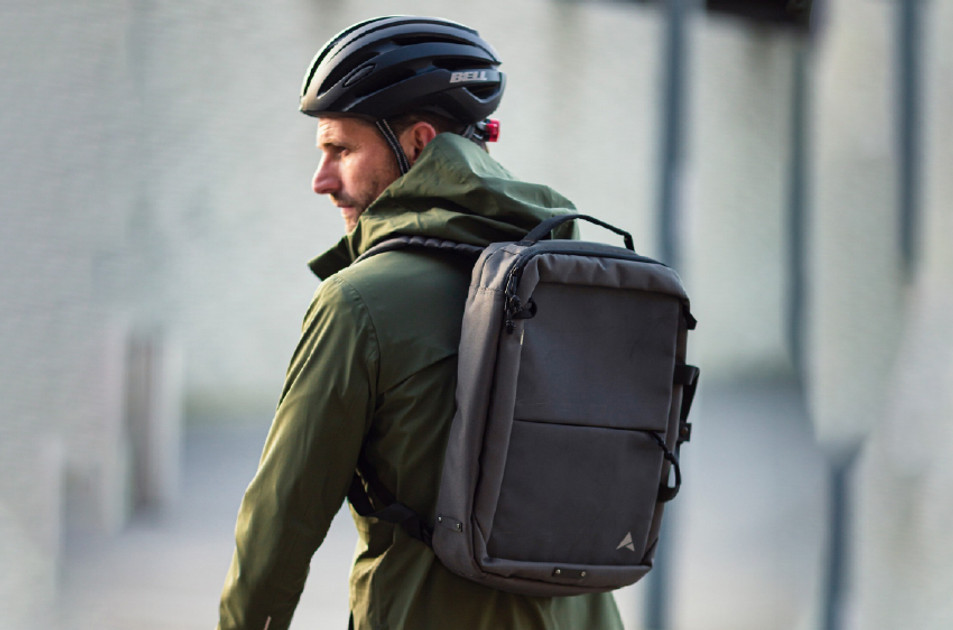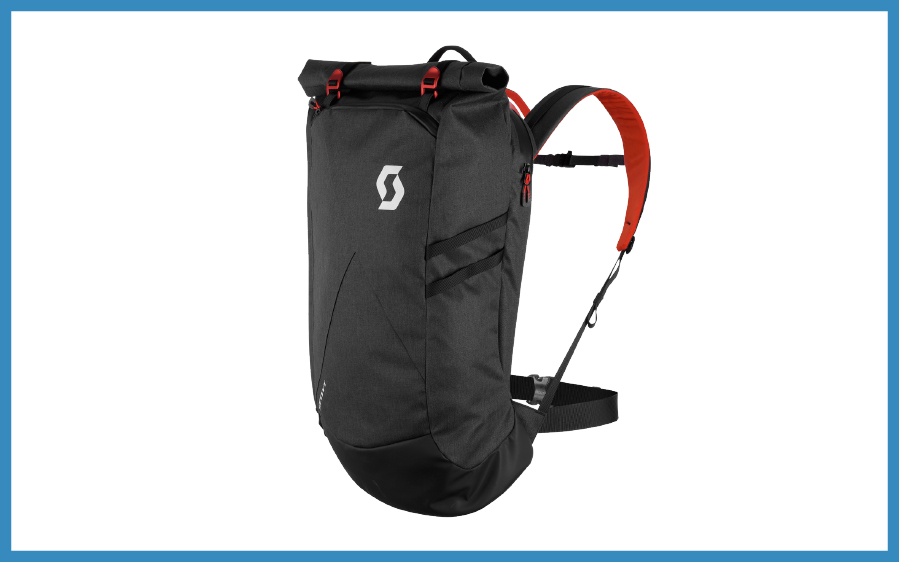The Basics of Cycling Backpacks: Considerations and Convenience.

For many people, cycling has emerged as a common form of transportation, whether for commuting or leisurely trips. Cycling enthusiasts need specific equipment, such as the correct attire and accessories. The backpack is one accessory that has grown in popularity among cyclists. In this article, we'll look at why people wear backpacks when cycling, talk about the ideal size for commuting, weigh the benefits and drawbacks of doing so, highlight the main characteristics to look for in a cycling backpack and offer advice on how to carry a backpack safely and comfortably while cycling.
Why do bikers carry backpacks?
Cyclists use backpacks for a variety of reasons, from convenience to practicality. Here are a few typical explanations:
- Storage: Backpacks provide plenty of room for storing necessities like clothing, tools, extra tubes, personal things, and even laptops. By doing this, riders may be sure they always have all they need.
- Weight distribution: By distributing the weight across their shoulders and back while wearing a backpack, riders can lessen stress on particular body parts and keep their balance while riding.
- Versatility: Backpacks are the most adaptable solution for commuters needing to carry their goods throughout the day. Unlike pannier bags and other-bike mounted storage solutions, backpacks can be worn on and off the bike easily, and do not require mounting.

What size backpack should I have for my commute?
The right-sized bicycle backpack for commuting depends on the demands and tastes of each person. However, a capacity of between 10 and 30 litres is typically appropriate for most everyday commuting uses.
Larger capacities are ideal for people who need to take business clothing, laptops, and more personal goods. Smaller bags are better for people with shorter commutes or people carrying fewer items.
The Scott Commuter Evo 28 Backpack is the perfect example of a commuting backpack, with its roll-top closure and 28L compartment including a padded laptop compartment. Its padded and ergonomic back panels make it an extremely comfortable bag to carry on and off the bike.
Is riding while carrying a backpack a smart idea?
Cycling while carrying a backpack has both advantages and disadvantages.
Advantages:
- Convenience: Using a backpack eliminates the need to dismount from the bike or fiddle with storage mounted to the bike.
- Mobility: Backpacks give bikers the freedom to move around, making it possible to manoeuvre through traffic easily in the process.
- Cost-effective: Unlike specialist bicycle bags or panniers, backpacks are frequently more economical and versatile. They are not restricted to cycling use and can be brought as a carry-on for a weekend away or used as a hiking pack.
Disadvantages:
- Sweating and discomfort: Carrying a backpack might make you sweat more and feel uncomfortable since it puts more pressure and heat on your back. However, this can be minimised by using proper ventilation and ergonomic designs, as the Altura Thunderstorm City 30 Backpack showcases.
- Weight imbalance: A hefty backpack might throw off balance and possibly put stress on the cyclist's back. This worry can be reduced with careful weight consideration and effective packaging methods.





